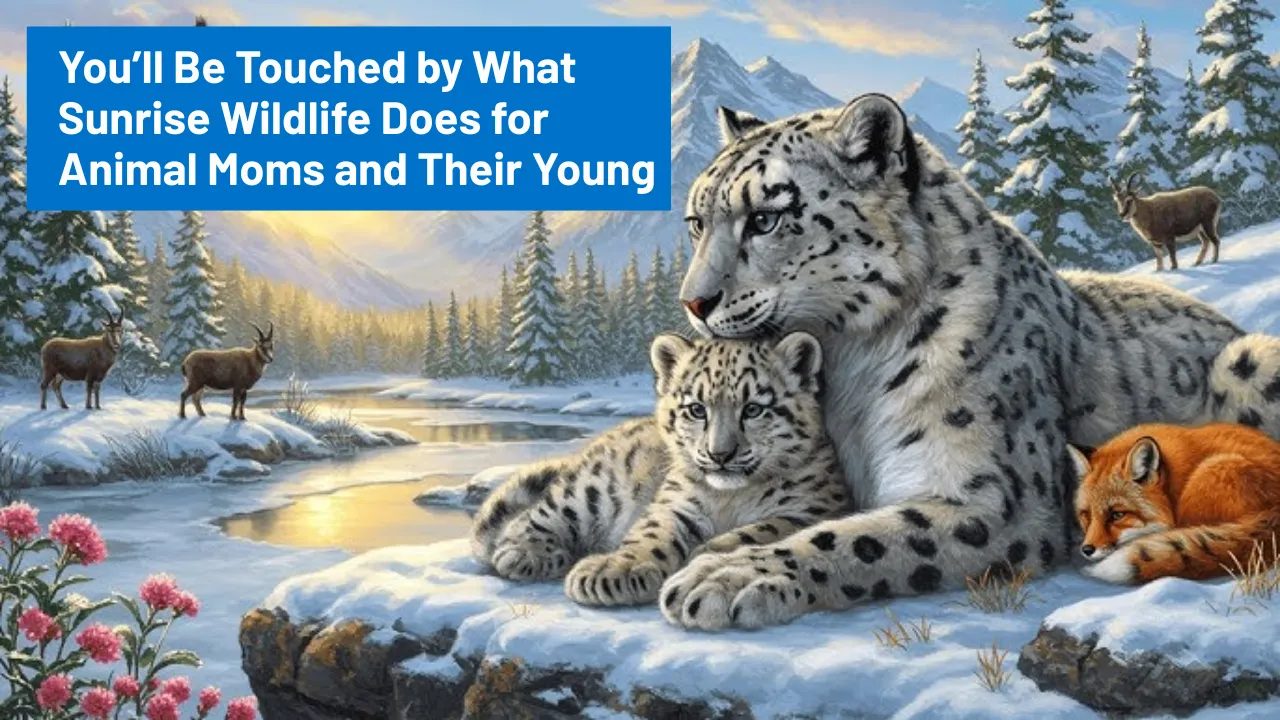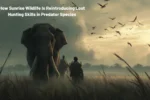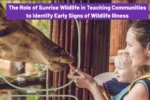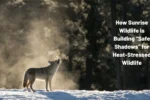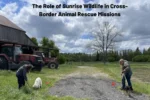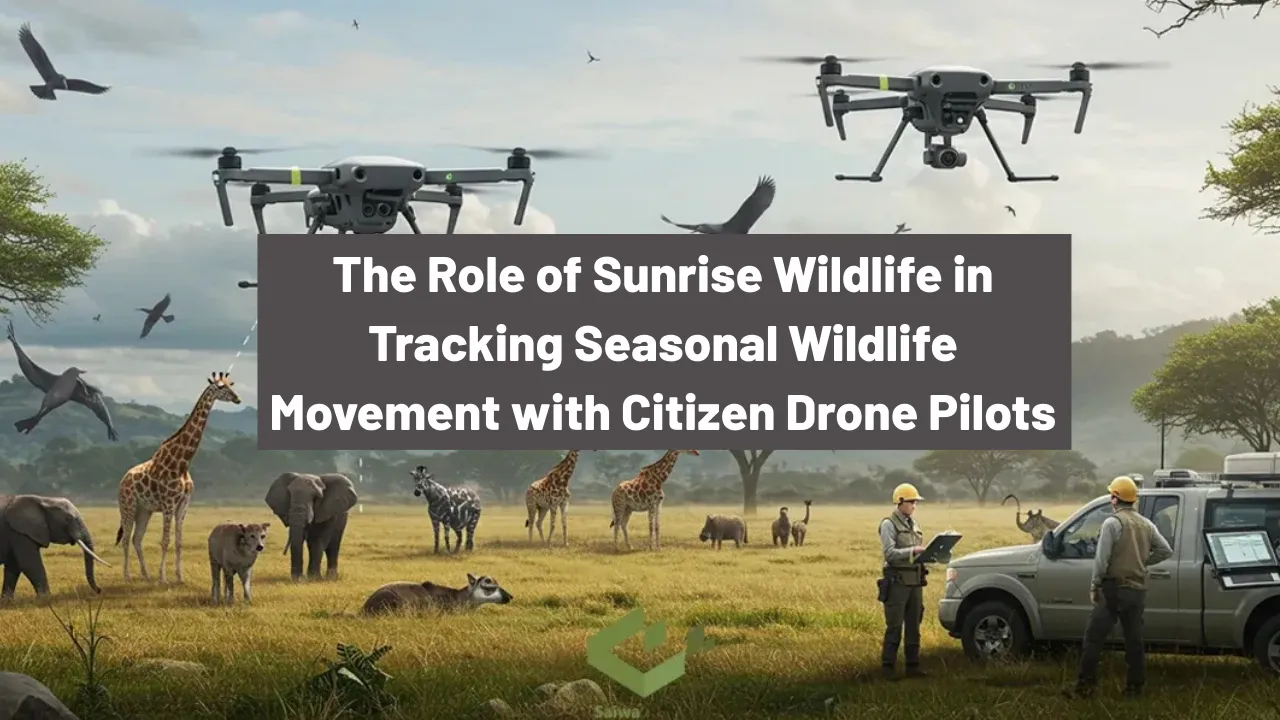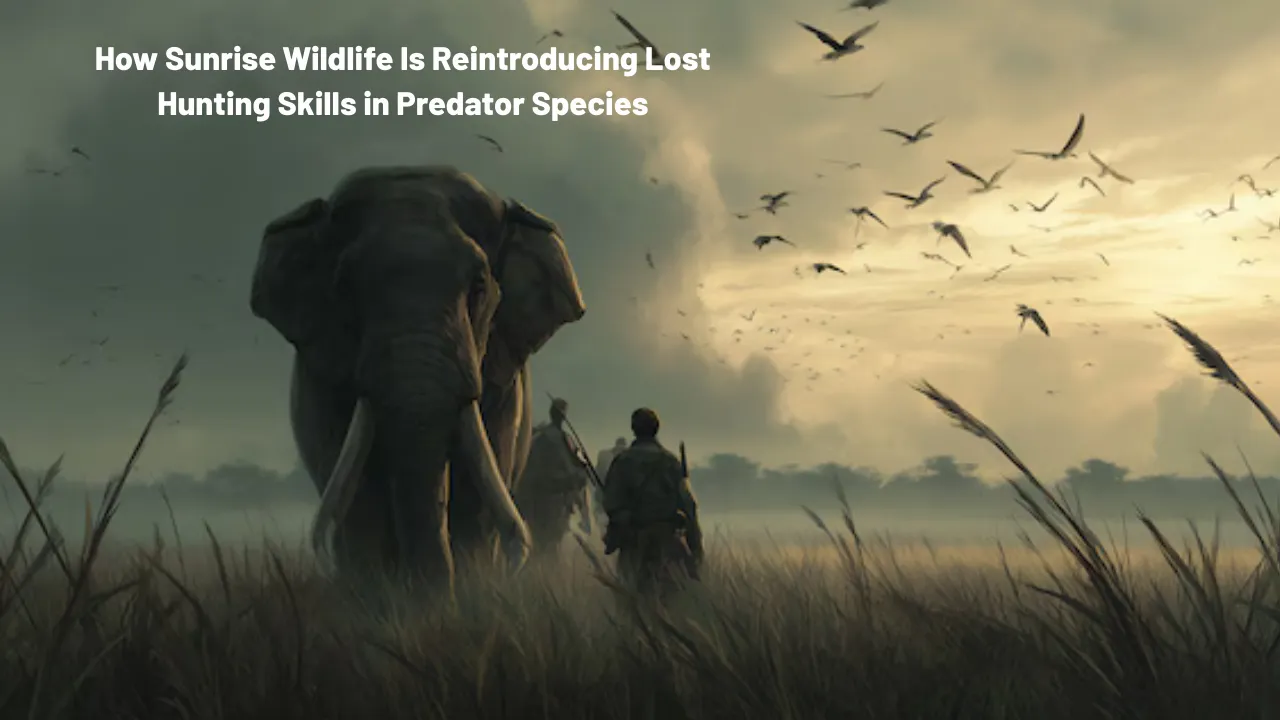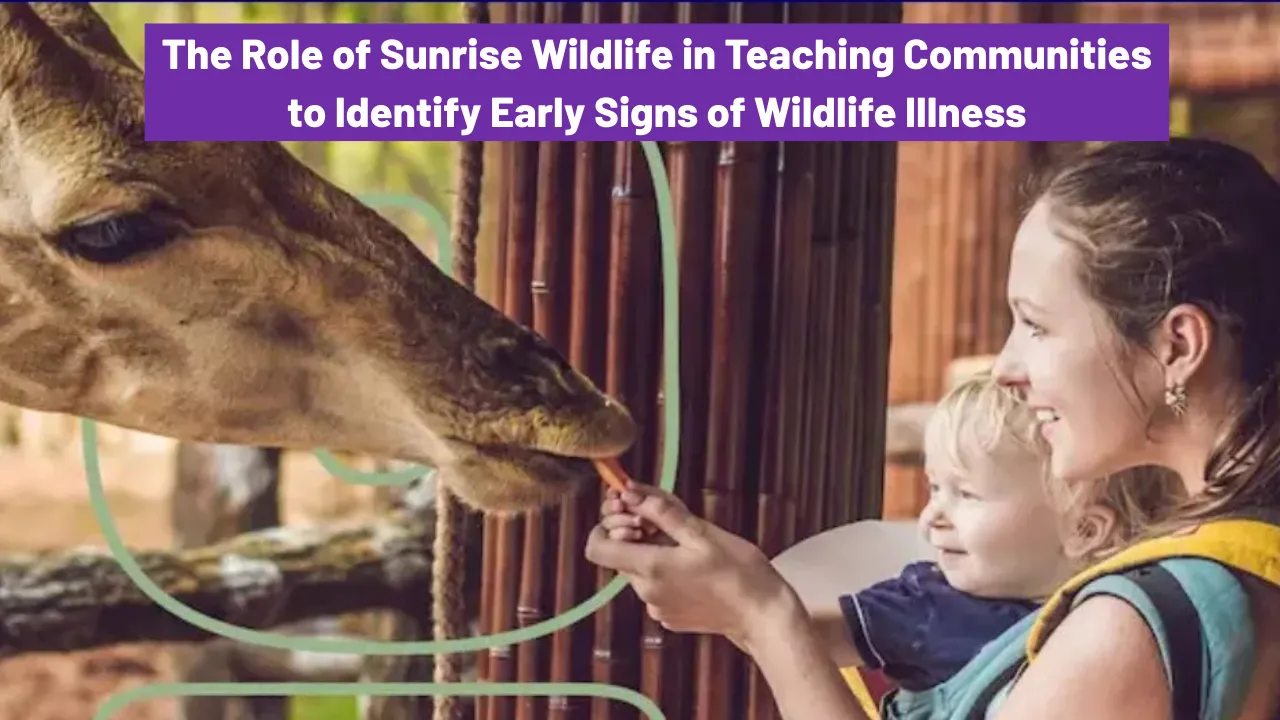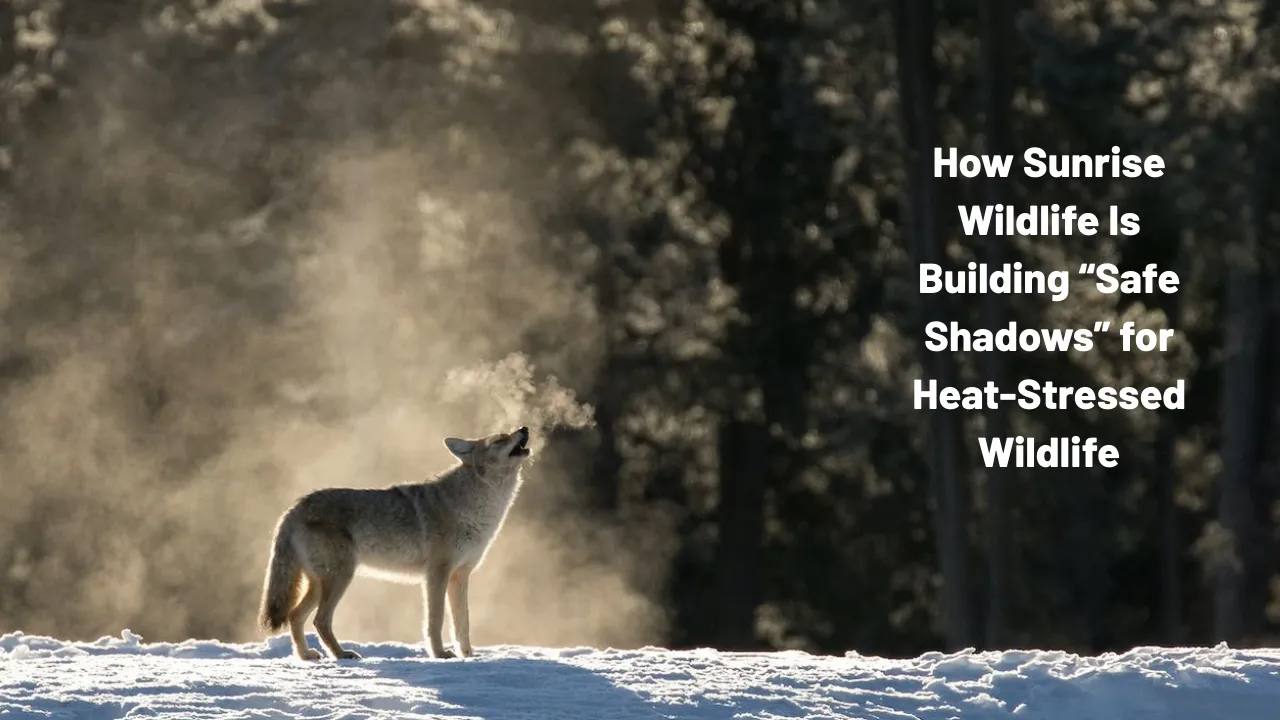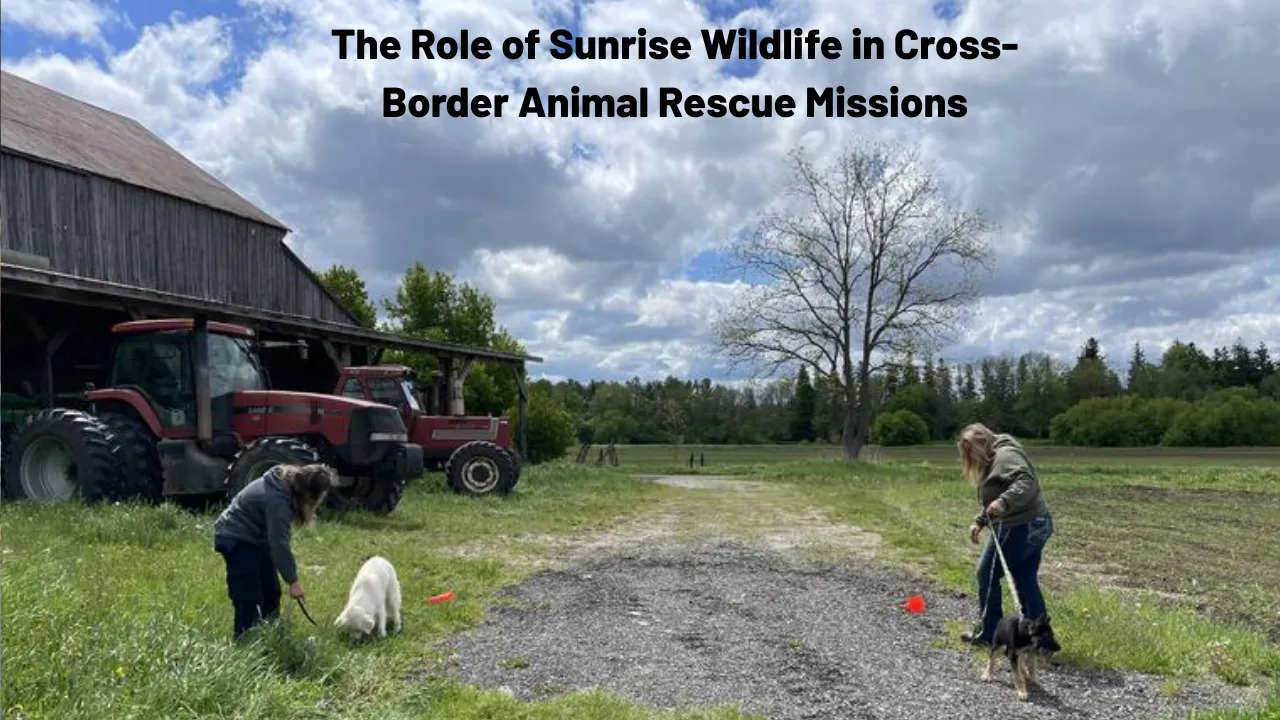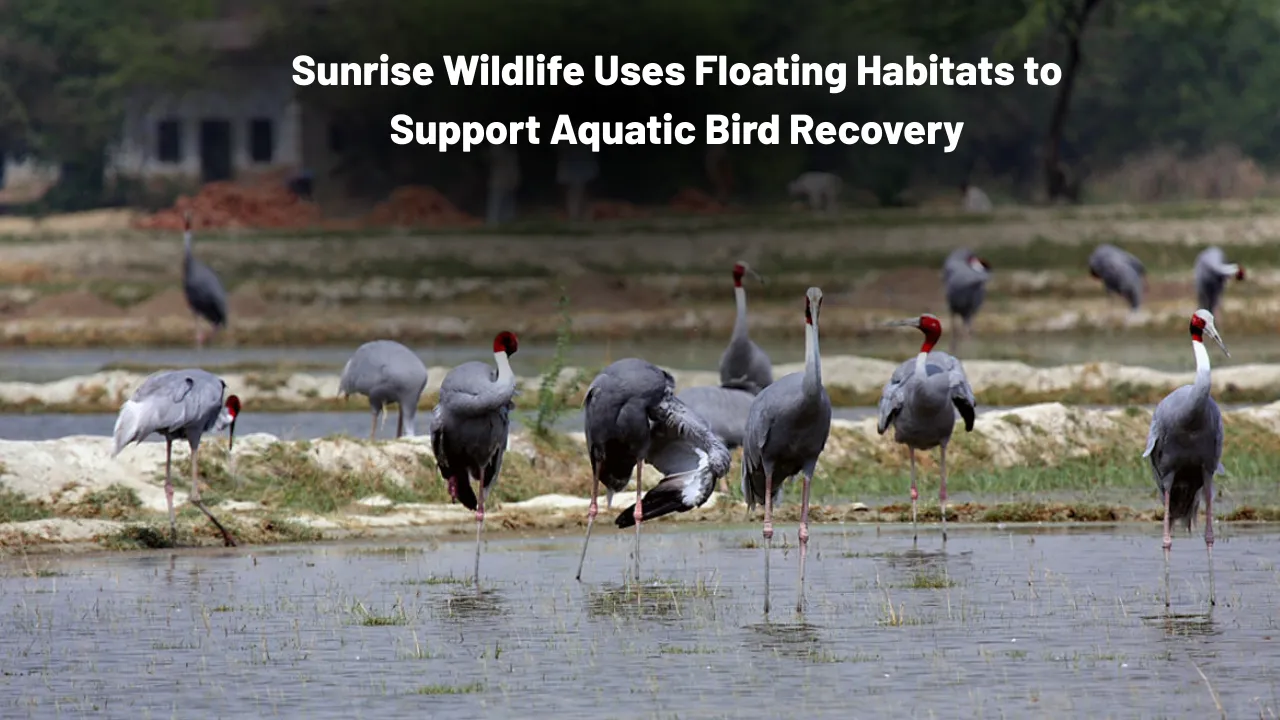Sunrise Wildlife Supports Wildlife Mothers and Their Young: Sunrise Wildlife is one of the most trusted names in wildlife rescue and rehabilitation. Every year, this organization becomes a beacon of hope for thousands of injured animals and abandoned young creatures across the region. Its tireless efforts ensure that wildlife mothers and their babies have the support they need to survive, recover, and eventually thrive in their natural habitats. The stories that unfold behind the scenes are often heartwarming, sometimes heartbreaking, but always rooted in deep compassion and care for animals.
This article uncovers how Sunrise Wildlife supports wildlife mothers and their young through a wide range of programs and strategies. We’ll explore their approach to animal rescue, care techniques for orphaned babies, community involvement, habitat rehabilitation, and how they empower volunteers to make a difference. You’ll also discover how this nonprofit is making a long-term impact on local ecosystems and wildlife populations.
How Sunrise Wildlife Supports Wildlife Mothers and Their Young
Sunrise Wildlife is dedicated to wildlife rehabilitation, focusing heavily on the care of mother animals and their offspring. From field rescue missions to nurturing orphaned animals in a controlled and safe wildlife sanctuary, the team handles each case with expert attention and empathy. The organization operates year-round and prioritizes the survival of young wildlife, especially during spring and summer seasons when baby animal care demands skyrocket. Their multi-step process includes medical attention, emotional support, species-specific nurturing, and eventually, a carefully planned wildlife release. Through every stage, Sunrise Wildlife upholds its mission of nature conservation, protecting not just individual animals, but entire species and habitats.
Overview of Key Programs and Support at Sunrise Wildlife
| Program Area | Description |
| Rescue Operations | Rapid response to reports of injured animals or abandoned young. |
| Mother-Animal Care | Specialized veterinary and emotional care for wildlife mothers. |
| Orphaned Baby Rehabilitation | Bottle feeding, warmth, and safe spaces for growth. |
| Volunteer Involvement | Hands-on opportunities for animal lovers to contribute directly. |
| Habitat Simulation | Enclosures mimic wild environments to prepare animals for release. |
| Community Education | School programs, workshops, and public events on wildlife safety. |
| Long-Term Monitoring | Post-release tracking to ensure the well-being of rehabilitated animals. |
Rescue and Rehabilitation of Wildlife Mothers
When wildlife mothers are found injured or displaced, they often leave behind helpless young. That’s where Sunrise Wildlife begins its mission. Their trained team responds swiftly to calls from concerned citizens or local authorities. The rescued mothers receive immediate assessment and veterinary care, often within hours of arrival. Whether it’s a deer hit by a vehicle or a raccoon caught in a fence, the goal is always recovery and, if possible, reunification with their young.
This stage is crucial, as a mother’s survival can directly determine the fate of her offspring. In some cases, when reunification isn’t possible, the team steps in to care for the young separately, always striving to minimize stress and preserve natural behaviors.
Protecting and Raising Orphaned Young
Orphaned animals face high mortality rates without their mothers. At Sunrise Wildlife, the focus shifts to immediate care and nurturing. Specialized staff and wildlife volunteers follow strict care protocols that include species-specific nutrition, regular health checks, and emotional comfort.
Baby squirrels, fawns, foxes, and owlets are common admissions during the spring season. Volunteers work around the clock to ensure feeding intervals are met and warmth is maintained, often simulating the experience of having a mother nearby. These early weeks are vital for development and can determine whether an animal will survive in the wild after release.
How Sunrise Wildlife Creates Safe Habitats
A major part of successful wildlife rehabilitation is the creation of secure and naturalistic spaces. Sunrise Wildlife has invested in building outdoor enclosures that replicate real habitats—forest zones for foxes, wetlands for ducks, and open spaces for deer. These spaces help animals recover without forming attachments to humans, which is essential for their future in the wild.
Additionally, the team limits human interaction as animals grow, gradually introducing them to sounds, smells, and movements they will face in nature. This transition ensures that released animals are physically strong, mentally alert, and ready to survive independently.
Education and Community Involvement
Beyond direct animal care, Sunrise Wildlife believes that lasting change comes through education. They actively involve local schools, families, and nature groups in learning about wildlife safety and the importance of coexistence. Seasonal workshops, summer camps, and open-house events let people witness the animal rehabilitation process firsthand.
This engagement helps reduce accidental harm caused by human activity, like improper trapping or feeding wild animals. With better community awareness, fewer animals are displaced or injured, and more people become protectors of local ecosystems.
Volunteer and Donation Programs
- Volunteer Programs:
Whether it’s bottle feeding baby raccoons or building animal shelters, the volunteer opportunities at Sunrise Wildlife are hands-on and deeply impactful. The organization trains volunteers on species behavior, safety, and care routines. Many of them go on to pursue careers in wildlife conservation. - Donation Support:
As a nonprofit animal rescue center, Sunrise Wildlife depends heavily on donations to cover operational costs. Monthly sponsorships, one-time gifts, and material donations (like blankets or pet carriers) are always welcome. Donors are often kept updated with stories of the animals they’ve helped.
Use of Specialized Wildlife Care Techniques
Rehabilitating wild animals is not the same as caring for pets. That’s why Sunrise Wildlife adopts techniques that mirror natural behavior. For instance, baby birds are fed using tweezers to mimic beak feeding, and fawns are fed in low-lit, quiet spaces to reduce stress.
They also use minimal-touch protocols to avoid imprinting. This means animals do not associate humans with comfort, which is essential for survival post-release. From handling injured animals to timing their release perfectly, everything is done with precision and purpose.
Long-Term Impact on Local Wildlife
Over the years, Sunrise Wildlife has contributed to the successful reintroduction of thousands of animals back into their native habitats. This not only saves individual lives but also supports the ecological balance of the region. Predators, pollinators, and prey species are all vital to nature’s rhythm.
Their impact extends beyond numbers—it’s about healthier forests, cleaner rivers, and the knowledge that people and wildlife can coexist. Many of their past rescue cases have gone on to live normal, wild lives, which is the ultimate goal of wildlife rehabilitation.
FAQs
What types of animals does Sunrise Wildlife care for?
They care for a wide range of native wildlife, including deer, raccoons, birds, foxes, squirrels, and owls.
Can the public bring injured animals directly to the center?
Yes, but it’s best to call ahead. They provide clear instructions to ensure safe handling and transport.
How can I support Sunrise Wildlife?
You can volunteer your time, donate funds or supplies, or even sponsor a specific animal in need.
Is Sunrise Wildlife open to school visits or educational groups?
Yes, they welcome schools and community groups and offer tailored educational programs.
Are the animals ever kept as pets or in captivity permanently?
No, their mission is full wildlife release unless the animal is permanently injured and cannot survive in the wild.
Final Thought
The work done at Sunrise Wildlife is more than just rescue—it’s about giving wild animals a second chance to live free, strong, and wild. Through compassion, expertise, and an unwavering commitment to nature, they are transforming lives, one animal at a time. If this inspires you, consider visiting, volunteering, or simply spreading the word. Together, we can be part of something bigger—protecting the voices of nature that cannot speak for themselves.
